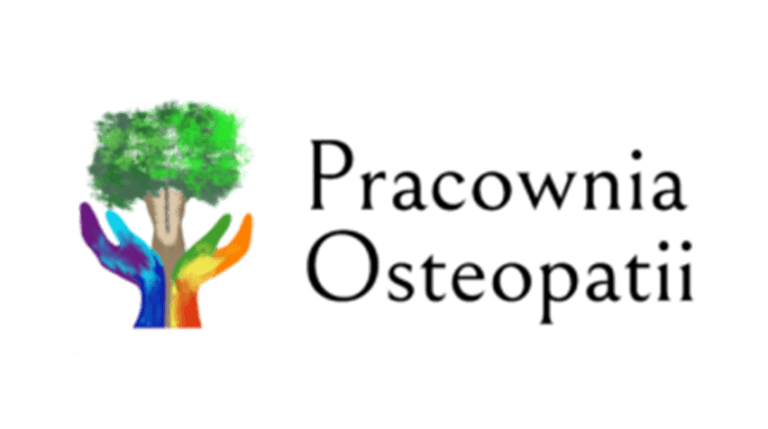Does e-commerce optimization sound like a nightmare? It shouldn’t.
In recent years, online sales have been living its golden era. The projected online sales are expected to reach $6.3 trillion in 2024. Still, the average online store conversion fluctuates between 2.5 and 3%. This value is good to start, but you shouldn’t stop there if you want to succeed.
What can you do for your online store to bolster conversions? Read our article and check out 7 reliable tips for e-commerce businesses that will help you retain online shoppers.
1. Decrease loading time
In times of distracted attention and reduced patience, every extra second of your website loading increases customer impatience. As many as 83% of users expect that website loading will take no longer than 3 seconds. Most e-commerce customers accept a maximum of one second of page loading.
If you see low conversion and high bounce rate on your website, check the loading speed of your online store. Then, verify the size of graphics, videos, and other files placed on the website. Try to reduce their size or move them to an external server. Smaller amounts of heavy files will cut off your e-store loading speed and bump up the conversion rate.
2. Use encouraging images and descriptions
First, don’t forget to add a professional photo and an inviting description to every product in the store. Second, make sure that they convey all the product advantages and present the details as well as possible. Shoppers who won’t find the details they want will look for those in your competitor’s online store.
Don’t copy product descriptions from the producer’s website. Provide unique, vivid, and detailed content that shows the customer the benefits of choosing your product. Publishing the manufacturer’s descriptions impairs the SEO of your online store and shows your website lower in search results.
3. Secure the customers’ payment data
Online store customers don’t want their payment data to become an easy target. That’s why they avoid e-commerce websites that don’t have at least trust badges as SSL certificates. If you haven’t updated your website’s security in a while, check it ASAP.
Choose a reliable and secure web hosting platform. Keep the login details and the confidential information encrypted. Filter incoming web traffic using the WAF to avoid DDoS attacks. The more trustworthy your online store is, the more buyers will make a purchase, and you won’t lose money. As of February 2024, the average cost of a data breach worldwide was $4.88 million .
4. Ensure responsiveness
As shown by Statista, mobile commerce totaled $2.2 trillion in sales in 2023. How many of your online customers are shopping on the mobile version of your website? Or maybe you are recording a high bounce rate on it and don’t know why?
If you don’t have a dedicated app for your online store, check the responsiveness of your website on mobile devices. If it’s looking bad, work on adapting it to smartphones and tablets. For example, you may want to explore the benefits of PWA.
In 2024, the share of mobile e-commerce sales is forecasted to reach 60%. Are you ready to lose up to 6 out of 10 potential buyers?
5. Make your e-store UX friendly
Did you know that digital sales pages record higher conversion rates when they are user-friendly? Applying UX design to an online shopping page will lower cart abandonment rates. Based on HubSpot, up to 88% of visitors are less likely to return to a site after experiencing poor performance.
Focus on intuitive site architecture, minimalist design, and searching in product descriptions (not only titles). Easy site navigation will reduce the frustration of shoppers searching for the perfect product and increase the likelihood of completing a transaction.
6. Optimize FAQ page
Optimization of the FAQ page will help your customers get answers to the most important questions. Carefully collect the most common concerns and describe each of them comprehensively. This move will prevent customers from turning to a competitor’s website that provides clearer answers than you. A comprehensive FAQ section can boost your site’s SEO if you include phrases that describe customers’ most common dilemmas.
7. Remind about abandoned carts
Many online shoppers add to their cart products that interest them, but only a few get to the checkout process. Some find a better deal, but the rest just forget about their purchases. Perhaps you should remind them of the purchases they started and encourage them to proceed.
To increase your e-commerce conversion rate, remind your customers about the products they put in their cart. To do this, use automated emails to which you can add a small discount. Meanwhile, try to find out what caused them to postpone their purchase decision. 24% of customers are discouraged when the website forces them to create an account to complete the transaction, and 17% abandon the shopping cart when the checkout process is too complicated.
Summary
The above e-commerce optimization methods will bump your online store’s conversion rate and income. Apply them and watch the increasing number of visits and orders.
GET IN TOUCH
Don’t want to make changes to your online store yourself?
Schedule an e-commerce audit and forget about terribly low conversion rates on your website!























